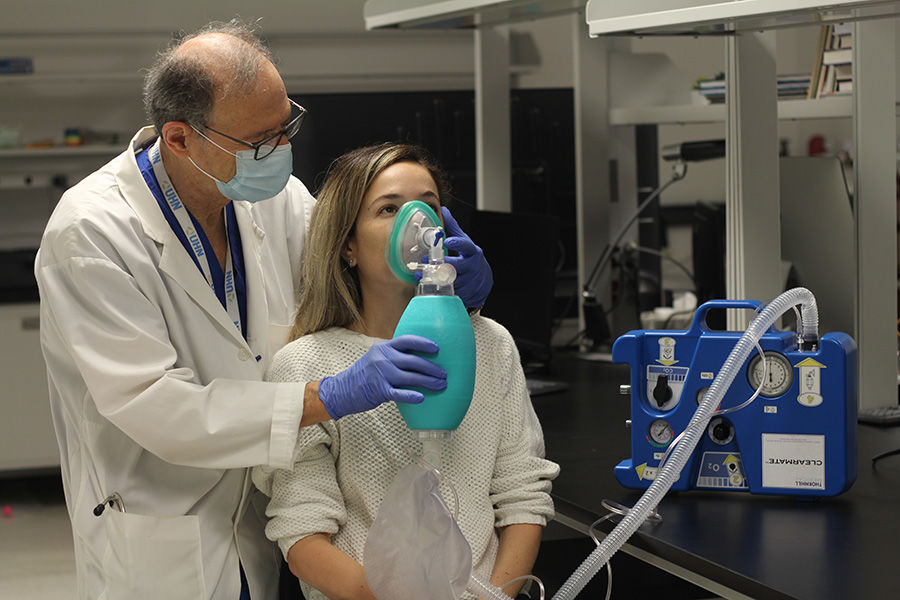
A team of Canadian University Health Network (UHN) researchers has discovered a low-tech, low-cost method to quickly lower blood alcohol levels.
Of the alcohol consumed by the average person, 90% is excreted only in the liver at a constant rate. Therefore, rapid intake of large amounts of alcohol can lead to acute alcoholism, leading to coma and, at worst, death.
The UHN team focused on the lungs as the body’s ability to excrete alcohol. Alcohol is contained in the exhaled breath from the drinker’s lungs. As the degree of breathing becomes stronger, the limbs and lips become numb, and they fall into dangerous conditions such as shortness of breath, dizziness, and difficulty breathing. It is known that it is good to take a method of intentionally lowering the oxygen level in the blood to relieve the breathing condition, but in reality, on the contrary, it is said that the control becomes more difficult if the proper interval is not provided to prevent oxygen starvation.
The research team verified that a medical device called ClearMate, which treats carbon monoxide poisoning by supplying a mixture of carbon dioxide and oxygen to the patient and treating carbon monoxide poisoning without adversely affecting the patient, can be used for alcohol excretion.
A study published in the journal Scientific Reports reported on a proof-of-concept test for alcohol excretion using clearmate.In this test, 5 subjects participated, and the rate of alcohol excretion only with normal breathing and clearmate was up to 3 days. When time was used, data on the situation was collected.
As a result, it was found that the condition that caused breathing lowered the blood alcohol concentration three times faster. According to the results, the research team revealed that it could be applied to the clinical field as one of the acute treatments for alcoholism. However, in reality, there are voices of doubt as to whether patients suffering from intoxication will actively continue to use the device for three hours. The research team says that follow-up studies through verification are needed to understand how this technology will be applied in the clinical field. Related information can be found here .


















Add comment